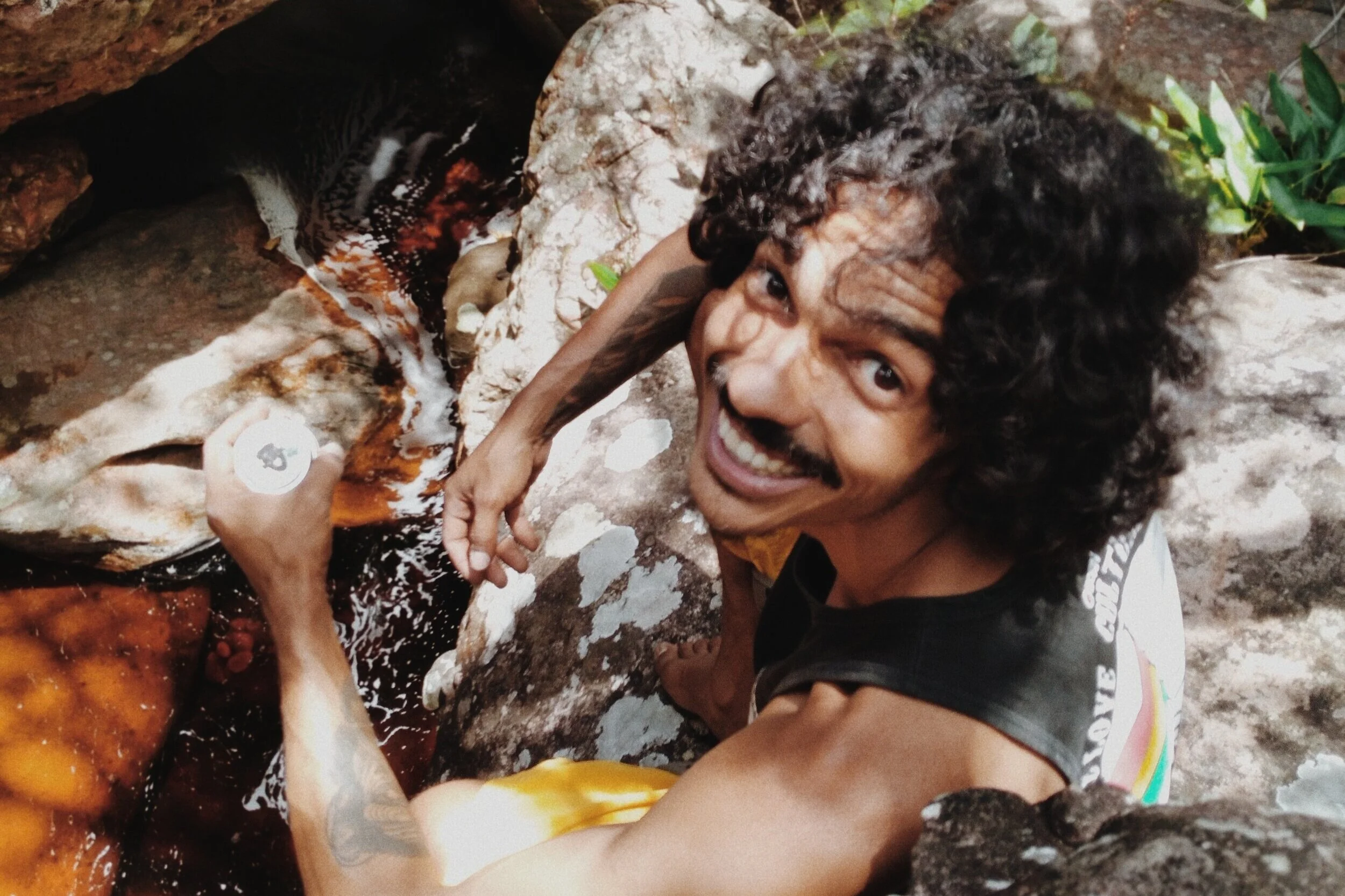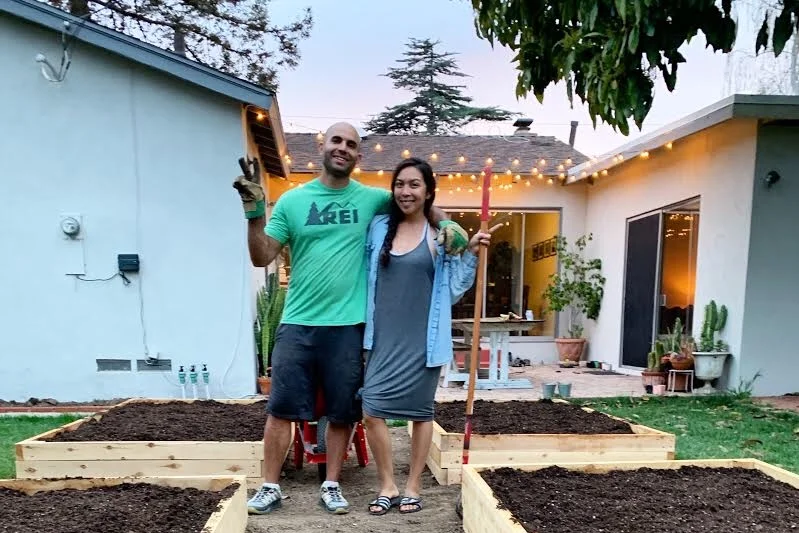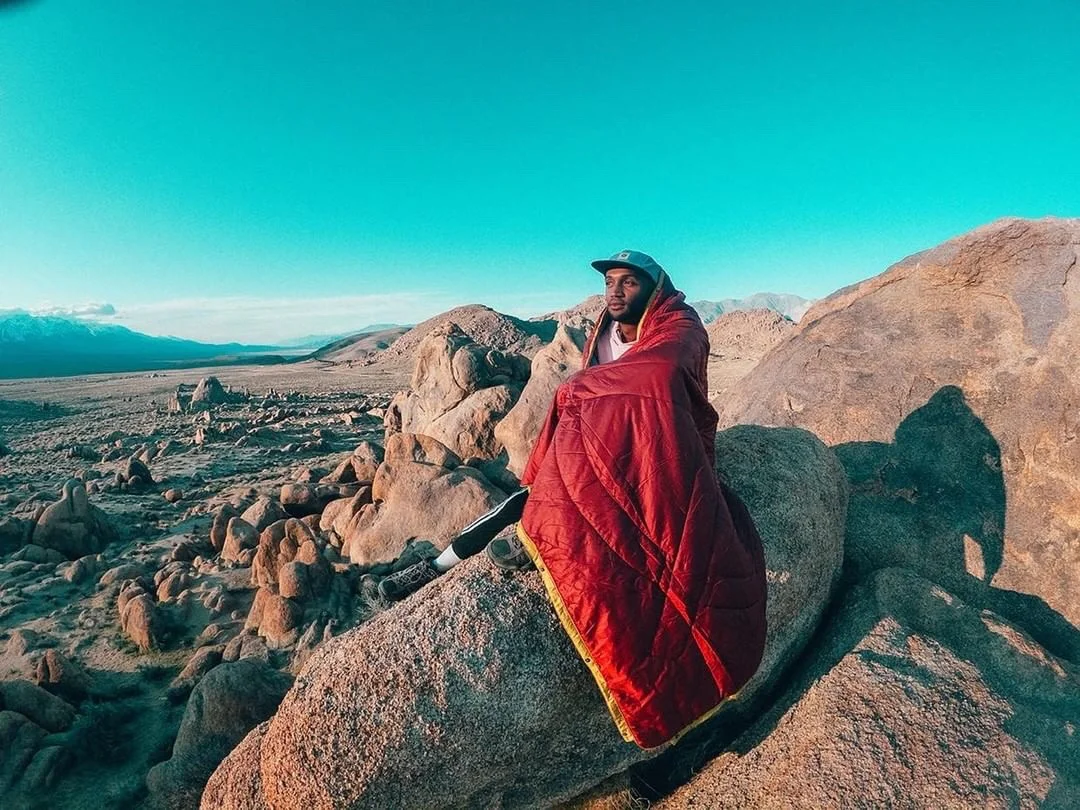Stop Making Movies About White Guys Doing Cool Shit
Emily Taylor became the first black woman to send the Nose, a climbing route on El Capitán, Yosemite National Park in October 2003. Photo courtesy of Jim Bridwell.
This past year I watched Free Solo and Dawn Wall and they were really good films. They. Were. Really. Good. Even still, I’m left with some gnawing questions: When can we take a break from making movies about white guys doing shit so we can redefine what groundbreaking actually looks like? Why keep making movies about white guys when we know we need to empower new leaders? How can we educate audiences on the beauty and diversity of different kinds of lived experience as groundbreaking? Before the comments start to pour in about how some ridiculous writer goes and completely undercuts the astonishing feats of athleticism, dedication, and sheer mysticism captured by seven drones and nine guys on the world’s most complicated rope circuit (and one mysterious female voice that never gets screen time) let me just say a few things.
Indigenous Womxn Climb co-founder and Native Women’s Wilderness ambassador, Erynne Gilpin, goes for a toe hook on a bouldering project. Photo courtesy of K.l. Peruzzo
To begin, I know it’s a big deal that a woman of color, Elizabeth Chai Vasarhelyi, directed Free Solo along with Jimmy Chin. Having two directors of color is pretty great. And yet, it’s worth taking a closer look at the subject matter of these films. We keep getting the same storyline that has been reproduced so many times it’s remarkably easy to break down:
white guy has idea that pushes limits of human capability
white guy’s origin story
white guy trains
white guy has setback(s)
white guy has doubts!
white guy ultimately wins
“Dawn Wall and Free Solo took up so much screen time, so much cultural space, that I am left feeling as though none of the work around diversity in the outdoor industry is ever going to pan out if we keep bolstering straight, cis-gendered, white men as demigods.”
Emily Taylor is a queer Black woman leading a grassroots movement at the “intersection of race and climbing culture” according to a recent article from Brown Girls Climb. Photo courtesy of Megan Allen.
I’ve seen this movie before. What I’ve never seen, and what would really blow my mind, is if Tommy Caldwell gave a shout out to his privilege ONE TIME. Why does that feel farther away than an eight foot dyno? He doesn’t do it on screen and he didn’t do it when I attended his talk at the Mountain Equipment Co-op headquarters in Vancouver last year. Does Tommy Caldwell know what it means to be a white guy? Does Alex Honnold? Do they understand the ways in which they have been afforded the space and the sense of entitlement to be the pro-athletes that get featured in these films?
African-American Neuroscientist and climbing activist Melise Edwards frequently writes about privilege, racism and sexism in the climbing community on her popular Instagram account. Her outspokenness makes her a target for racist and sexist comments from fellow climbers. Photo courtesy of Meghan Young.
Dawn Wall and Free Solo took up so much screen time, so much cultural space, that I am left feeling as though none of the work around diversity in the outdoor industry is ever going to pan out if we keep bolstering straight, cis-gendered, white men as demigods. Can we call these movies out at least for what they are not? They are not motivational for a lot of people and they definitely do not unite us in our struggles to succeed. They’re aesthetically pleasing (shoutout to Yosemite, lands of the Ahwahneechee peoples) projects that don’t really delve into any of our shared human experiences within the systems built by white men. These films send out that same, exhausting message “Hey, just keep trying and you’ll get there and you’ll have earned it when you do!” In the meantime, black communities, indigenous communities, PoC communities, LGBTQ2S+, neurodivergent, disabled/adaptive communities, and the list goes on, are having to have conversations about this movie on white guy’s terms: no mention of barriers to access and the real ripple effects of colonial history.
There is beauty in facing your own inward struggle through climbing, anyone who’s climbed has experienced that. How we are equipped to navigate that struggle is what matters. It’s harder if we are constantly feeling unsafe or undeserving. What if our outward existence is barring us from ever thinking outside of the box? When I am belaying someone new to climbing that I can tell is working through trauma, and I can make space for them to access climbing and maybe even heal some of that trauma, that feels radical to me. I want the makeup of the climbing community to permeate beyond the current, stringent storylines of these movies to also settle in bodies that look nothing like Caldwell’s or Honnold’s. Not to take away from their achievements but they should know the spotlight has been on white guys long enough. It’s time to make room for other narratives, for success to take on different shapes and hues.
Cafuzo-Afro-Indigena climber KL Peruzzo shares a laugh with Japanese climber Greg Bauch. Photo courtesy of Erynne Gilpin
My role within the climbing community today is to keep pushing the boundaries of what the sport can look and feel like for different people. When I first started to climb I knew I’d found something that would stick. I also knew pretty quickly there was no escaping the same despondency I felt in other realms of my life because of how white climbing is: “You don’t look Canadian,” “That climb is better for women,” “Yo, dawg, yeah that climb is totally sick,” real quotes from white guys who climb in Vancouver and the surrounding areas. There are brave folks before me who laid out a solid foundation of access to climbing and brave folks right now who are honing the rhetoric of empowerment. I have them to thank for feeling like there’s hope for me in the outdoor industry. Not just to be a “surprisingly good” climber, but to thrive and feel like my most luscious, badass self and make sure there’s still space for my communities to thrive here as well!
Need more information on the diversity, equity and inclusion work being done by the righteous leaders I’m talking about? Check out Teresa Baker, Melise Edwards, Brown Girls Climb, Melanin Base Camp, Brothers of Climbing, Black Climbers Collective, Outdoor Muslims, LatinX Hikers, and Indigenous Womxn Climb just to get you started.
Edit: Emily Taylor became the first black woman to ascend The Nose, a climbing route on El Capitán in 2003. Prior to that, African-American climber Chelsea Griffe ascended Zodiac and Lurking Fear on El Capitán in 2001.
Edit: The article was updated to reflect that The Nose is a free climbing route.

















As knowledge of the outdoors tends to be handed down generationally, this broken chain has denied today’s black youth the tools they need to be able to tackle the outdoors with any degree of confidence […] we have effectively become an urbanised people.